The moment your baby takes their first steps marks a significant milestone in their development. Recognizing the signs that your little one is ready to walk and understanding how to guide them through this exciting phase is crucial for their progress. Additionally, choosing the right shoes for their first walking adventures is essential for their comfort and safety.
Signs of Readiness for First Walking
Before those first wobbly steps, there are signs that indicate your baby is gearing up for this major milestone:
- Pulling Up:If your baby can pull themselves up into a standing position while holding onto furniture or other support, it indicates that they are building the strength and balance needed for walking.
- Cruising:When your baby starts to move around while holding onto furniture and taking sideways steps, known as cruising, it shows that they are getting comfortable with the idea of walking.
- Standing Alone:If your baby can stand unassisted for short periods of time without holding onto anything, they are likely developing the balance and confidence necessary for taking those first steps.
- Interest in Walking:Babies who show an interest in walking by trying to take steps with support, reaching out for your hands to walk, or showing excitement when standing may be getting ready to walk soon.
What Can Parents Do to help your kids first walking
-
Create a Safe Environment
Ensure that the space your baby practices walking in is safe and free of hazards. Clear the area of sharp objects and secure furniture to prevent accidents. -
Encourage and Support
Provide encouragement and support as your baby practices standing and taking those first steps. Celebrate their efforts, no matter how small, to boost their confidence. -
Use Toys as Motivation
Place toys just out of reach to motivate your baby to take steps towards them. This not only encourages movement but also adds an element of fun to the learning process. - Choosing the Right Shoes
Flexible and Lightweight
Opt for shoes that are flexible and lightweight to support natural foot movements. Stiff shoes can hinder your baby's ability to feel the ground and develop balance.
Non-Slip Soles
Choose shoes with non-slip soles to provide traction and stability as your baby learns to walk on different surfaces.
Room to Grow
Ensure there is room for your baby's toes to wiggle and grow in their shoes. Shoes that are too tight can restrict natural foot development.




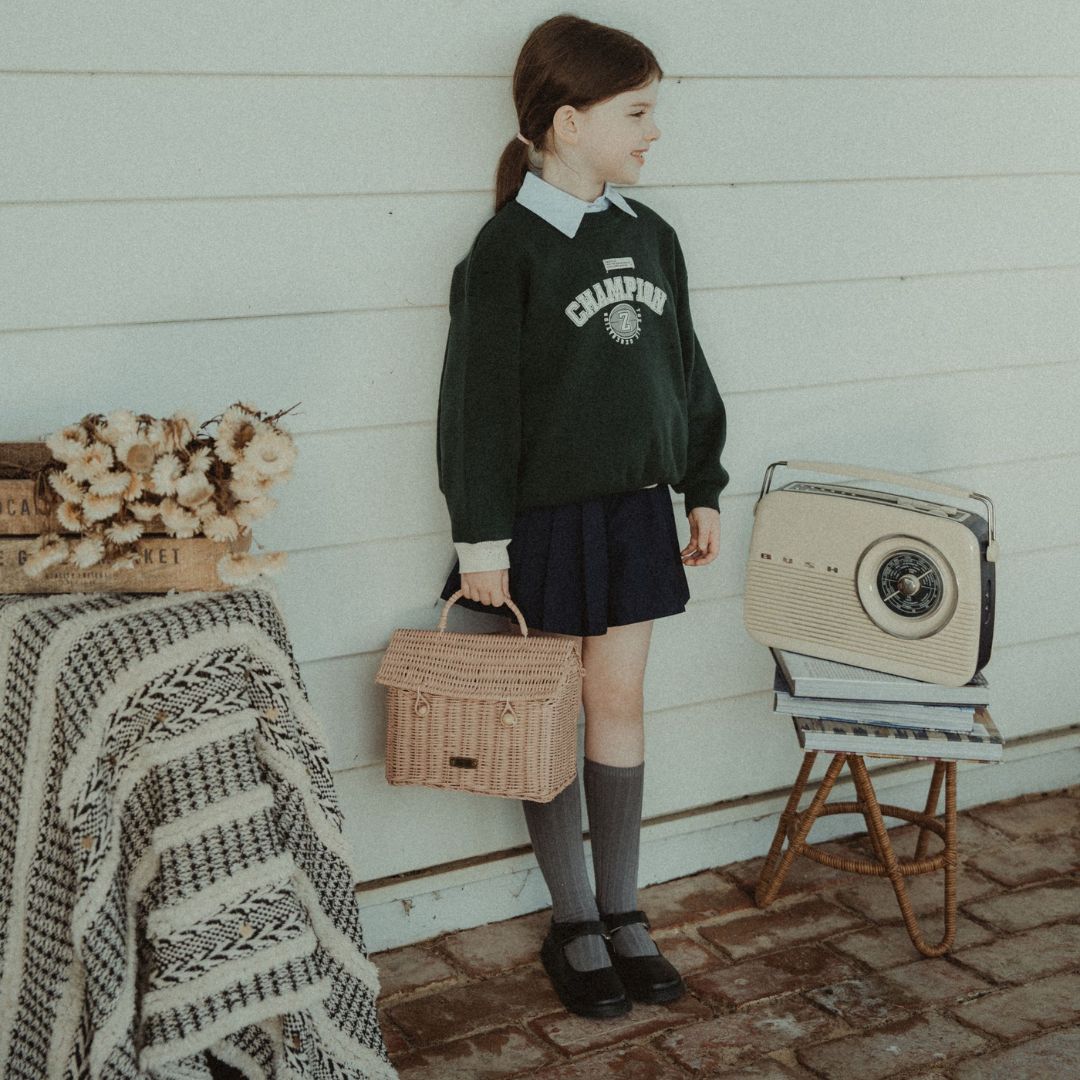

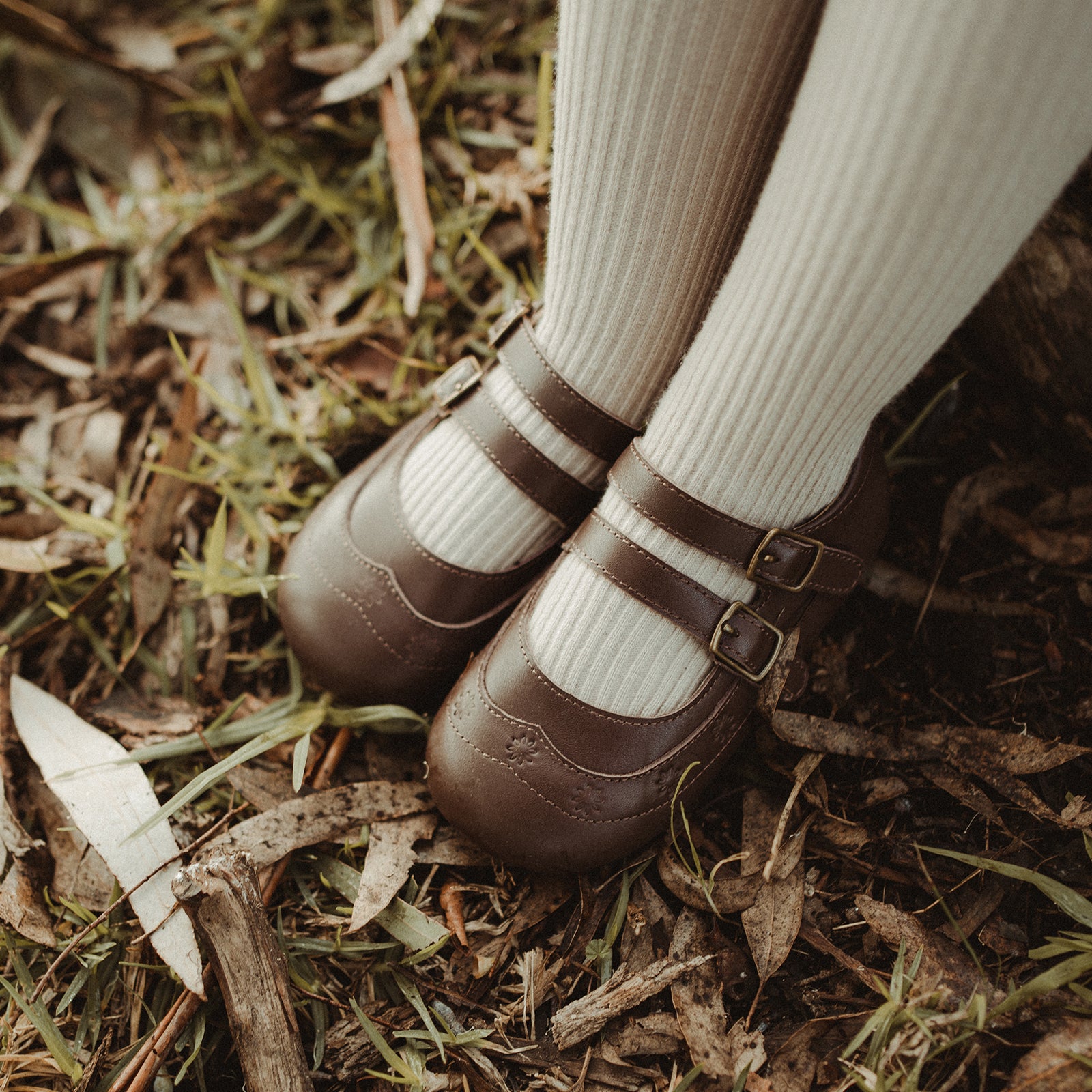
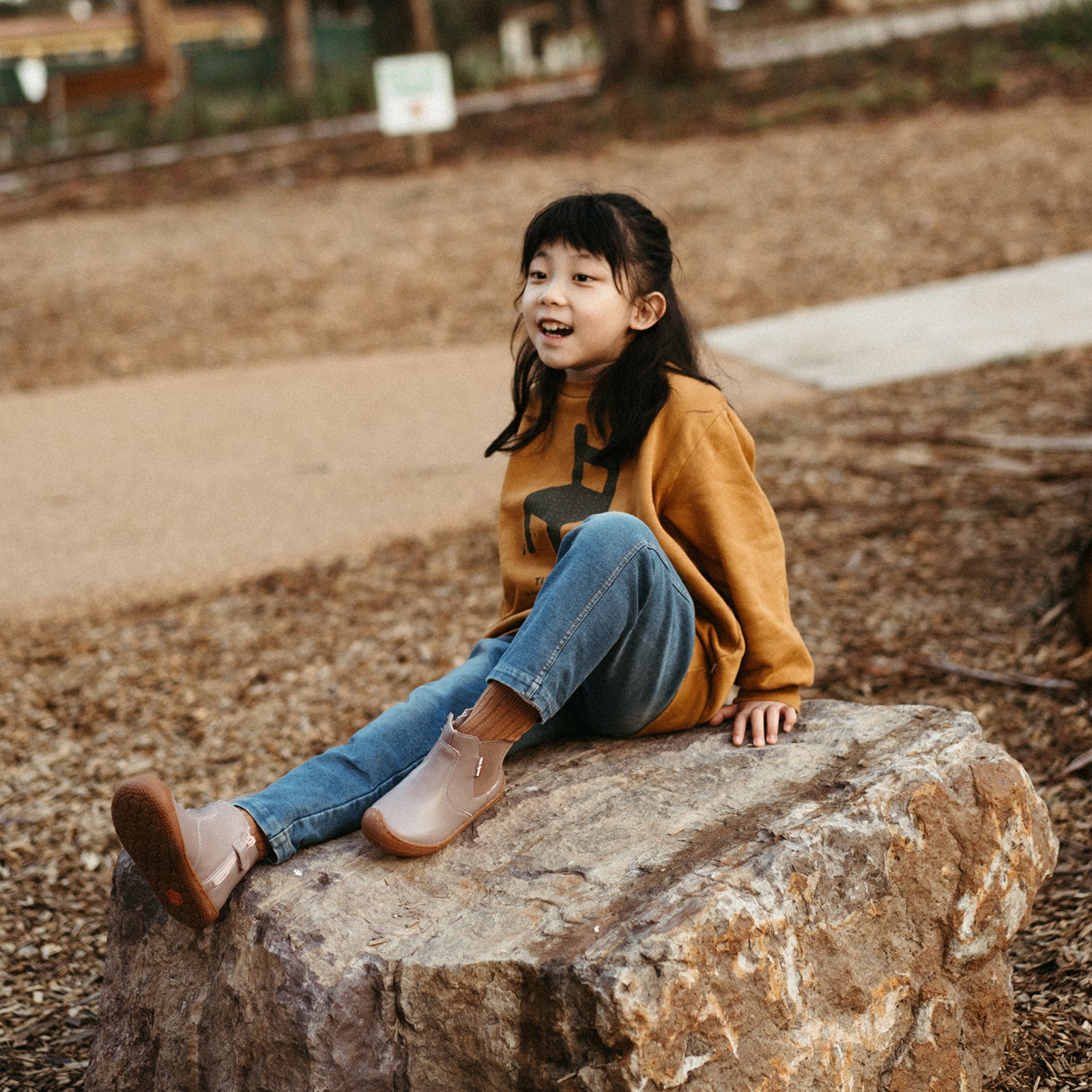





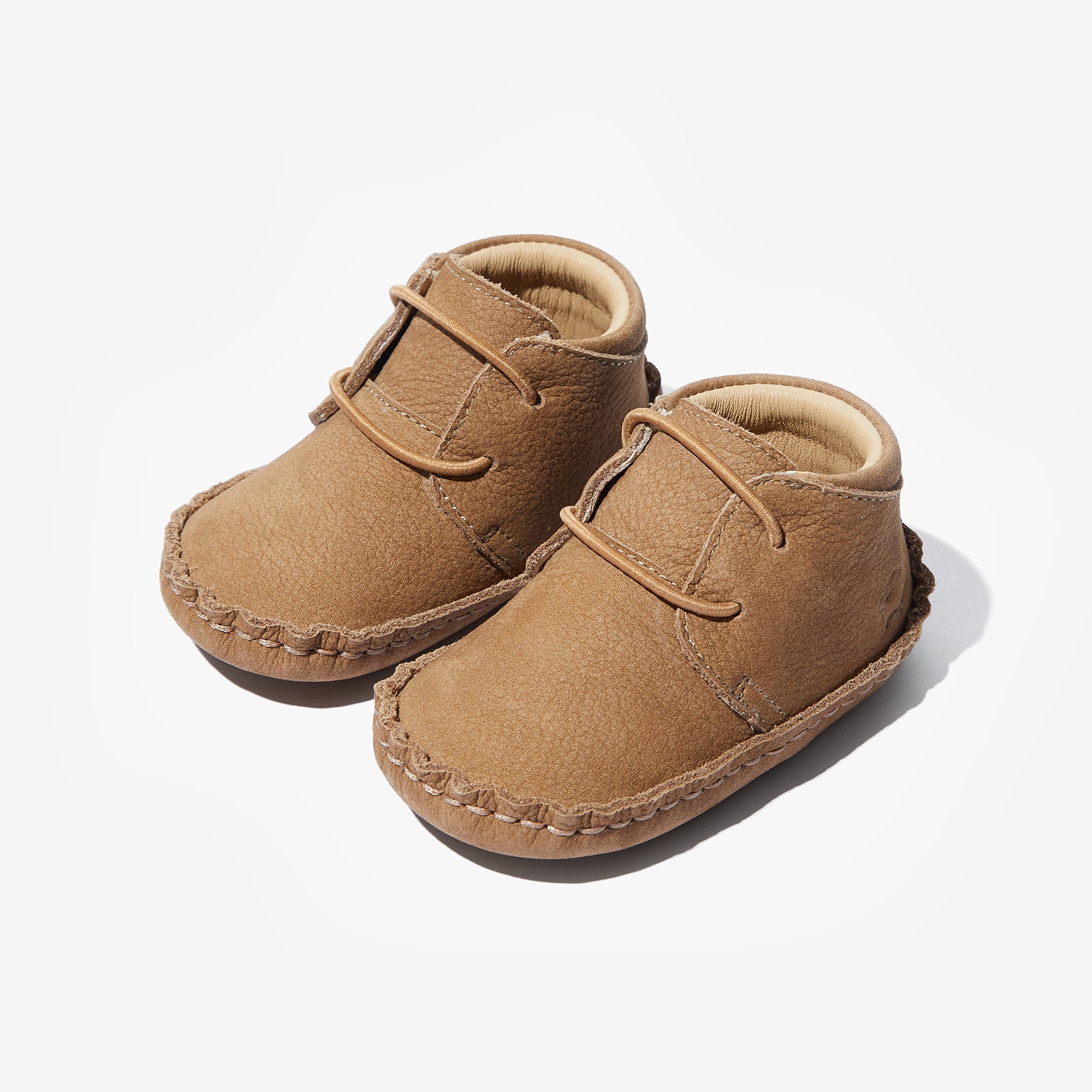
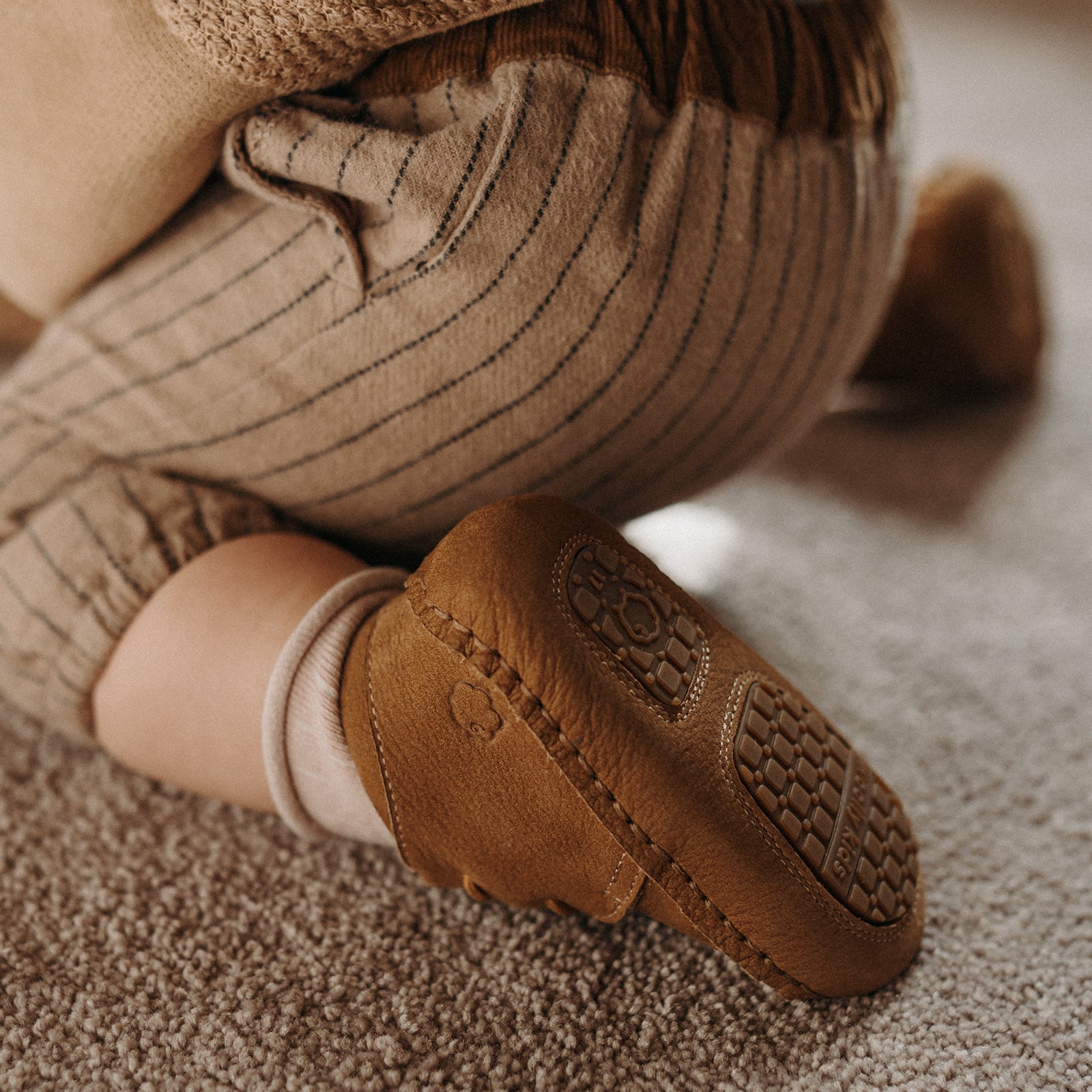
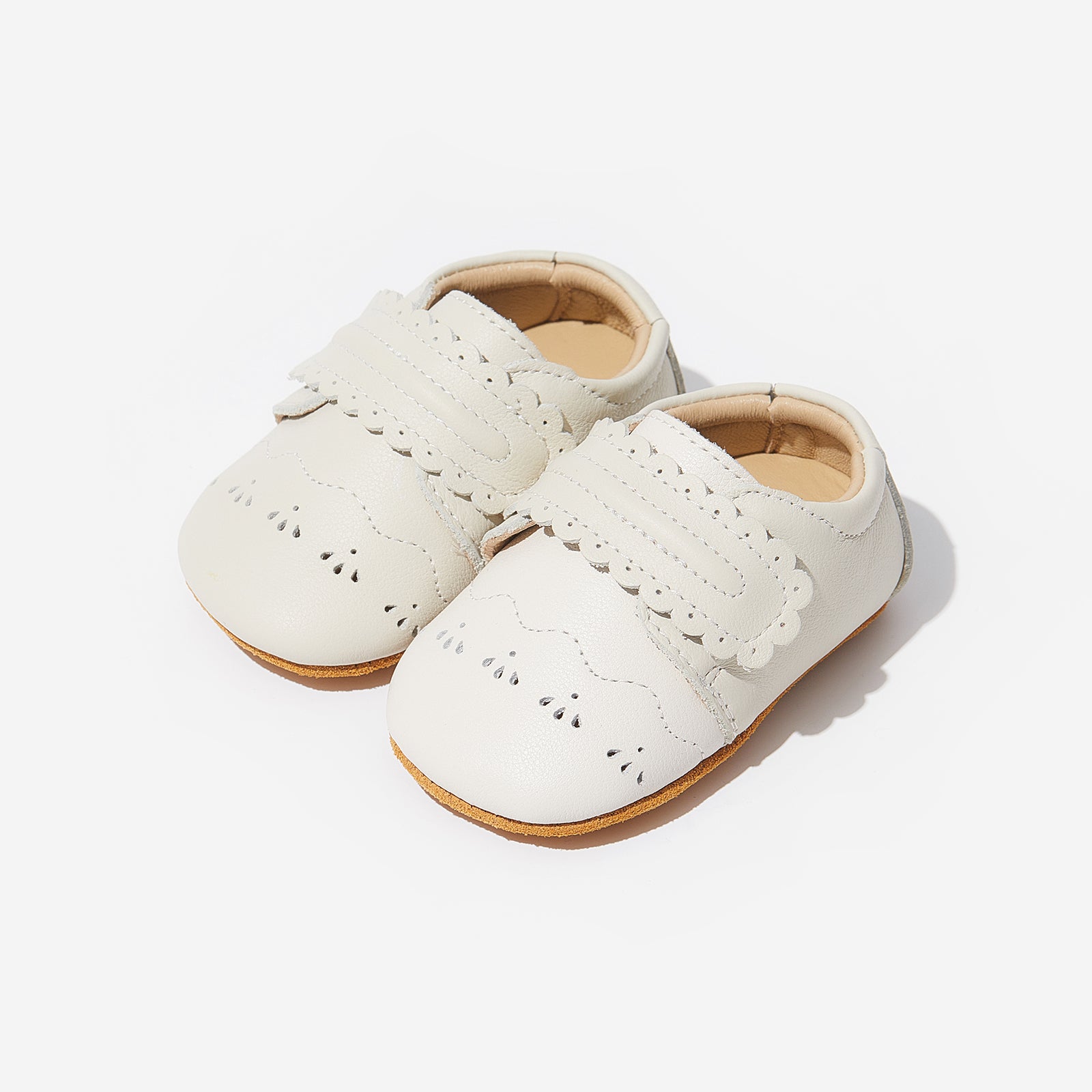
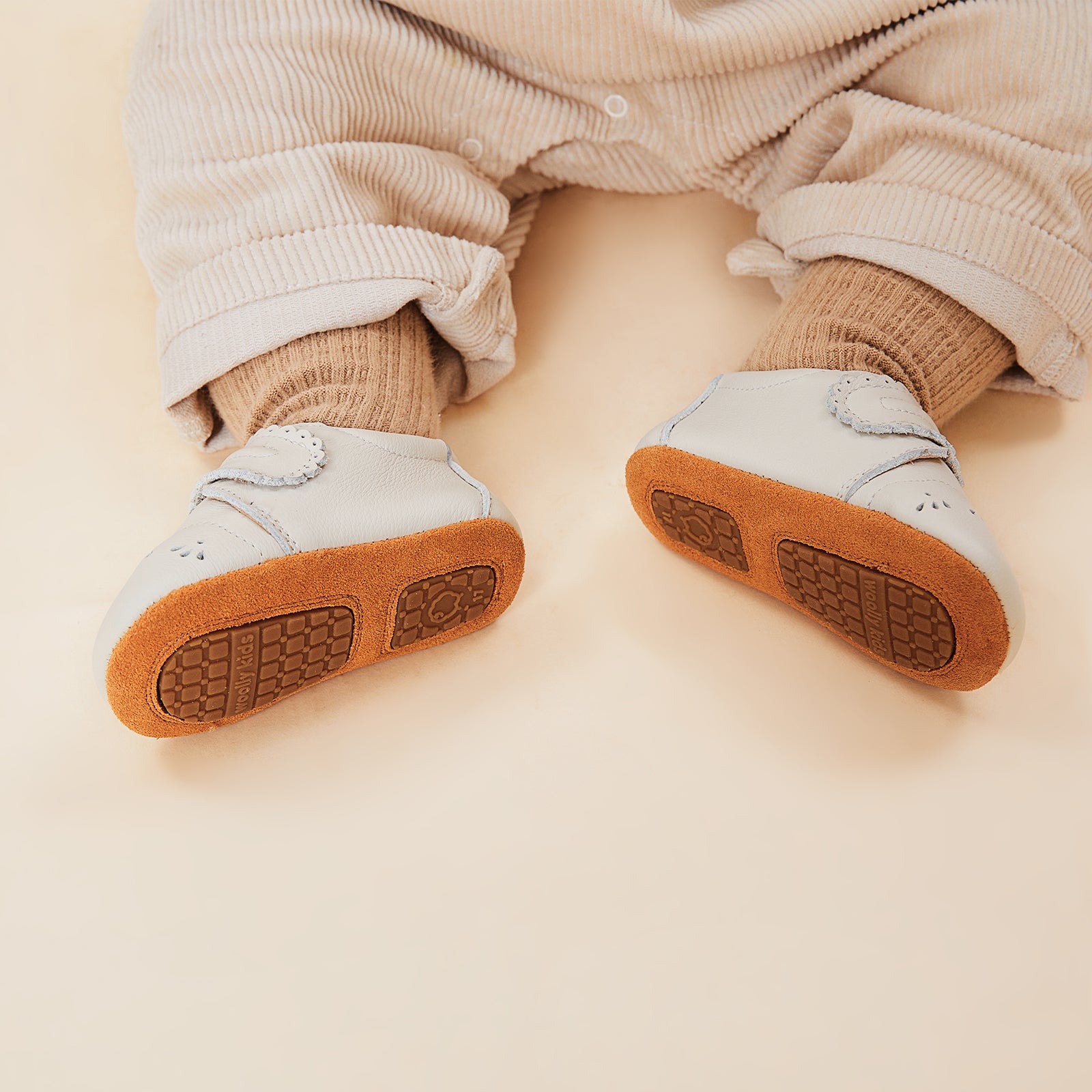


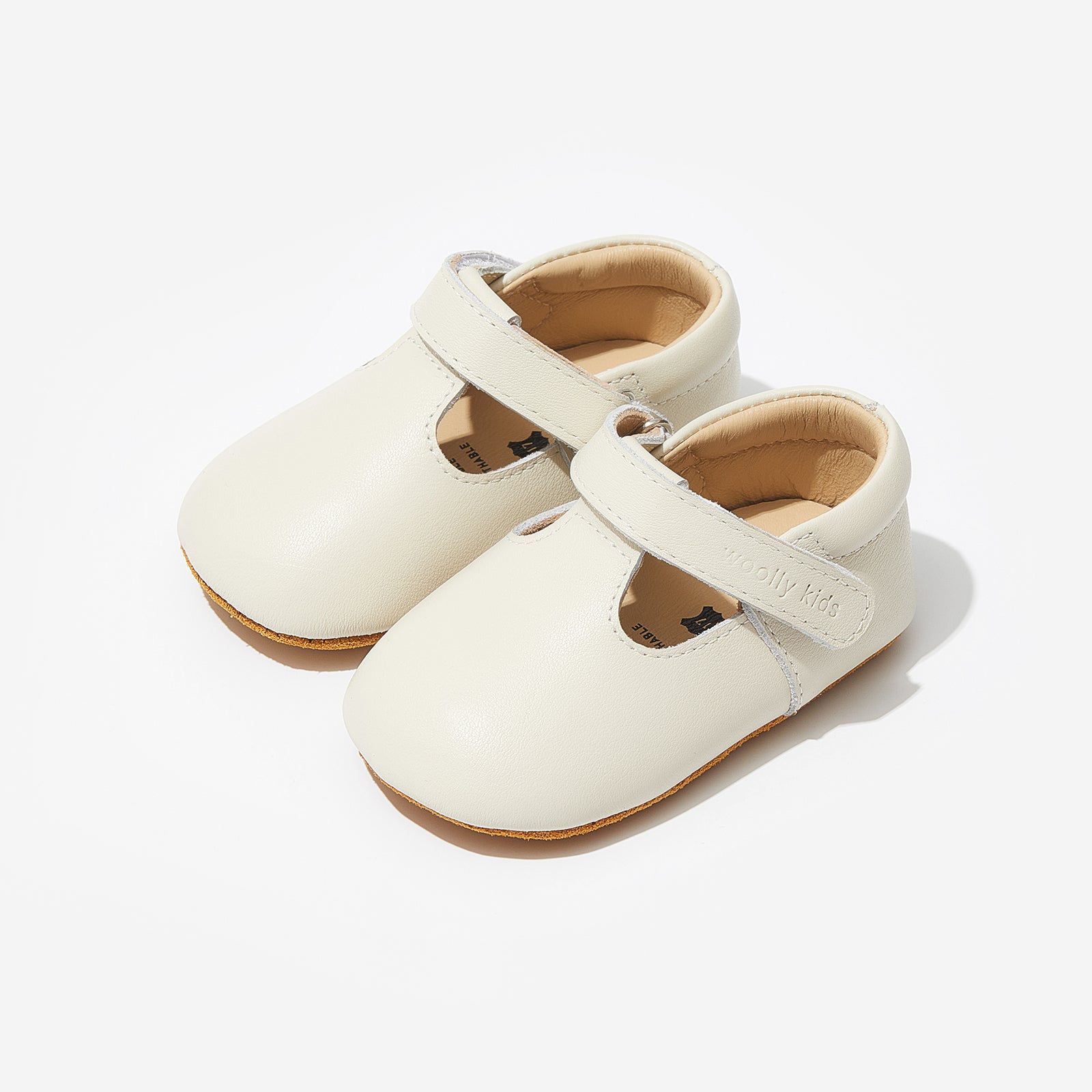




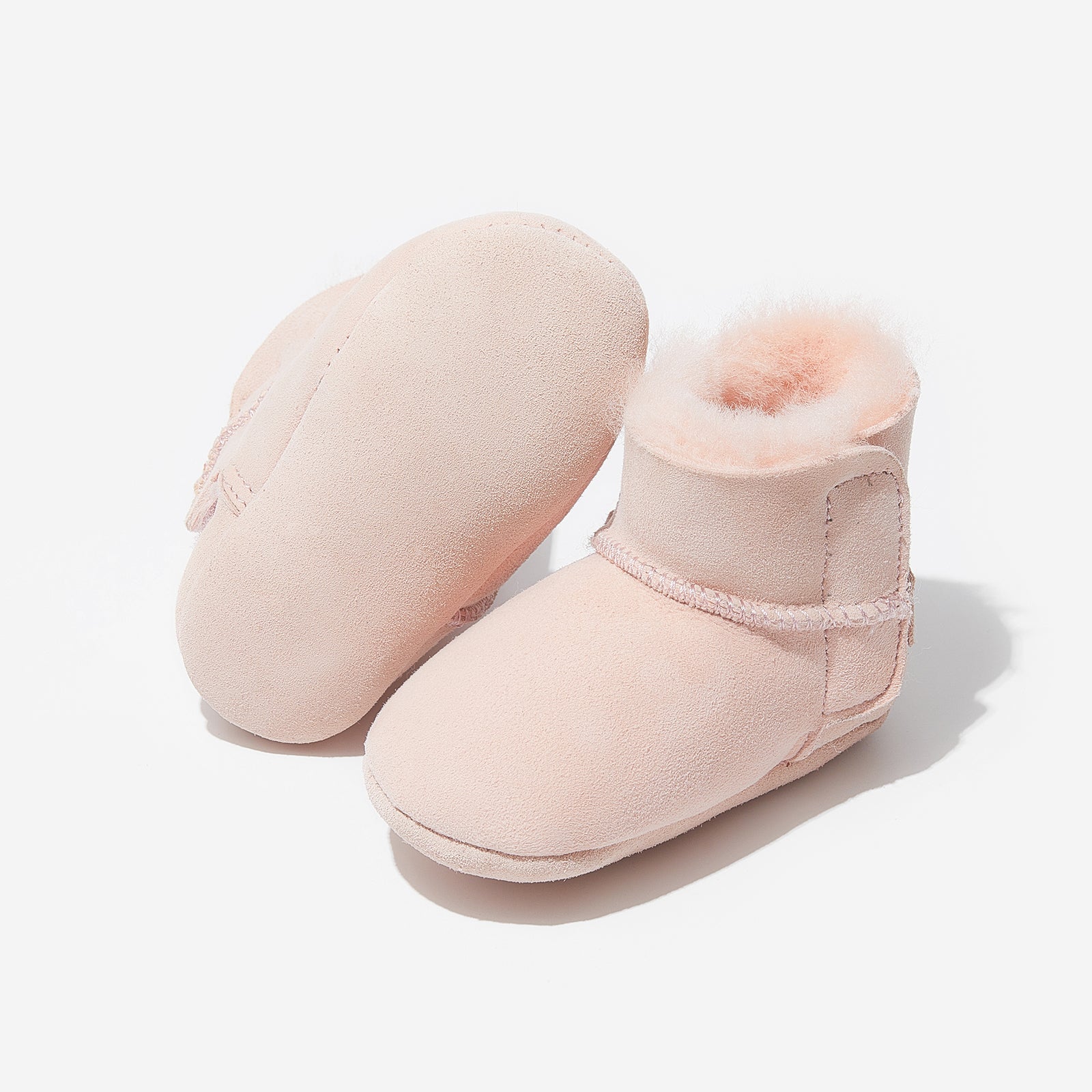
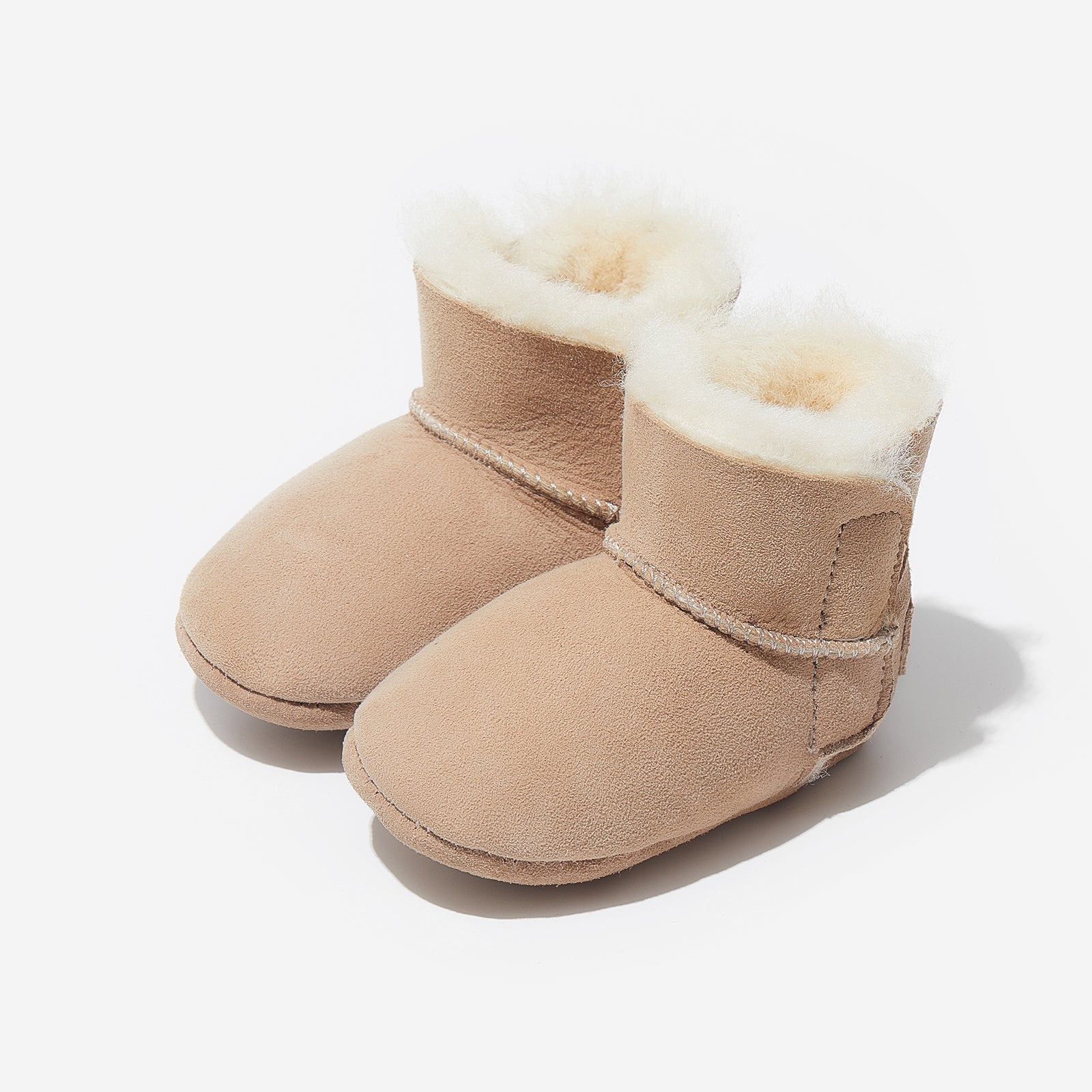

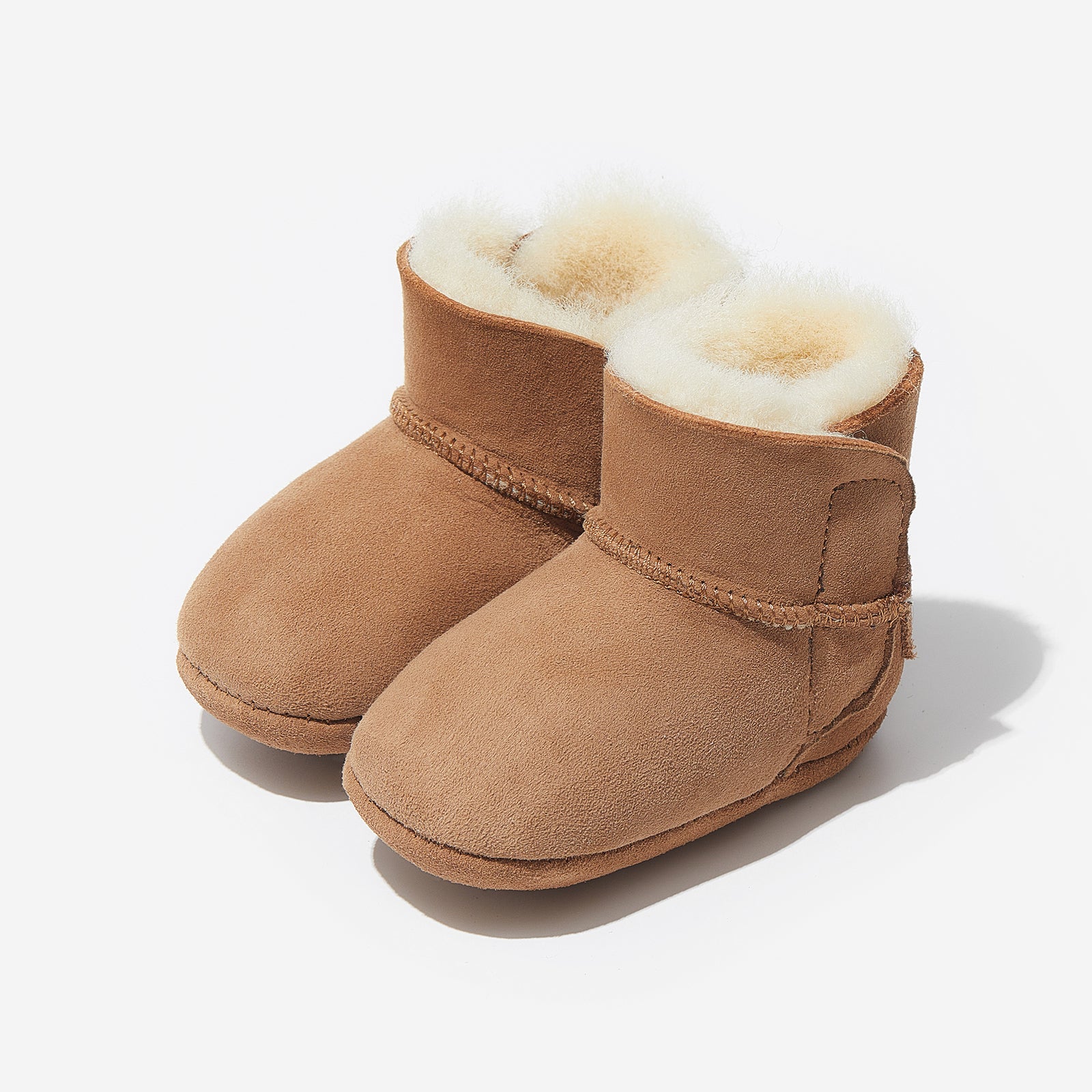

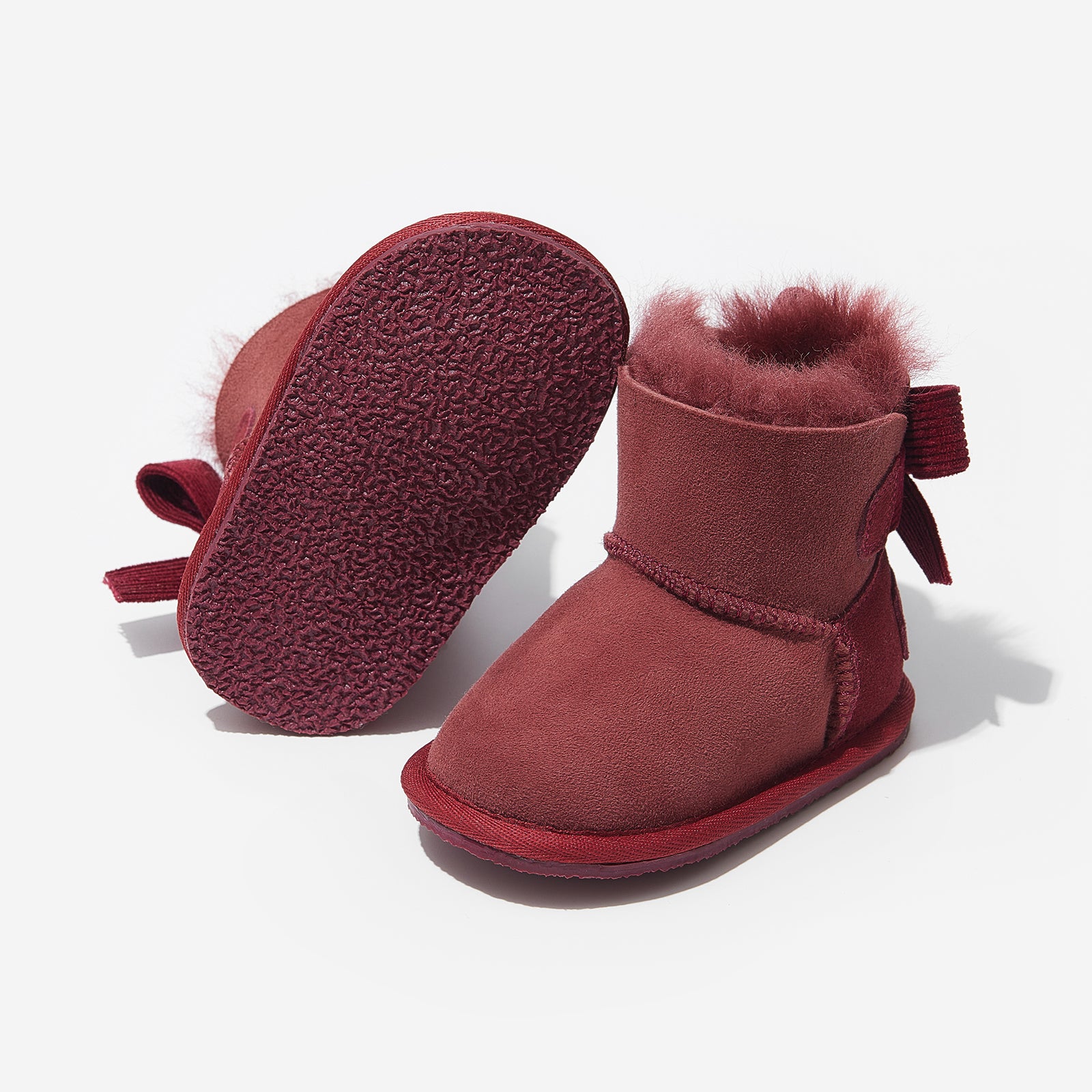
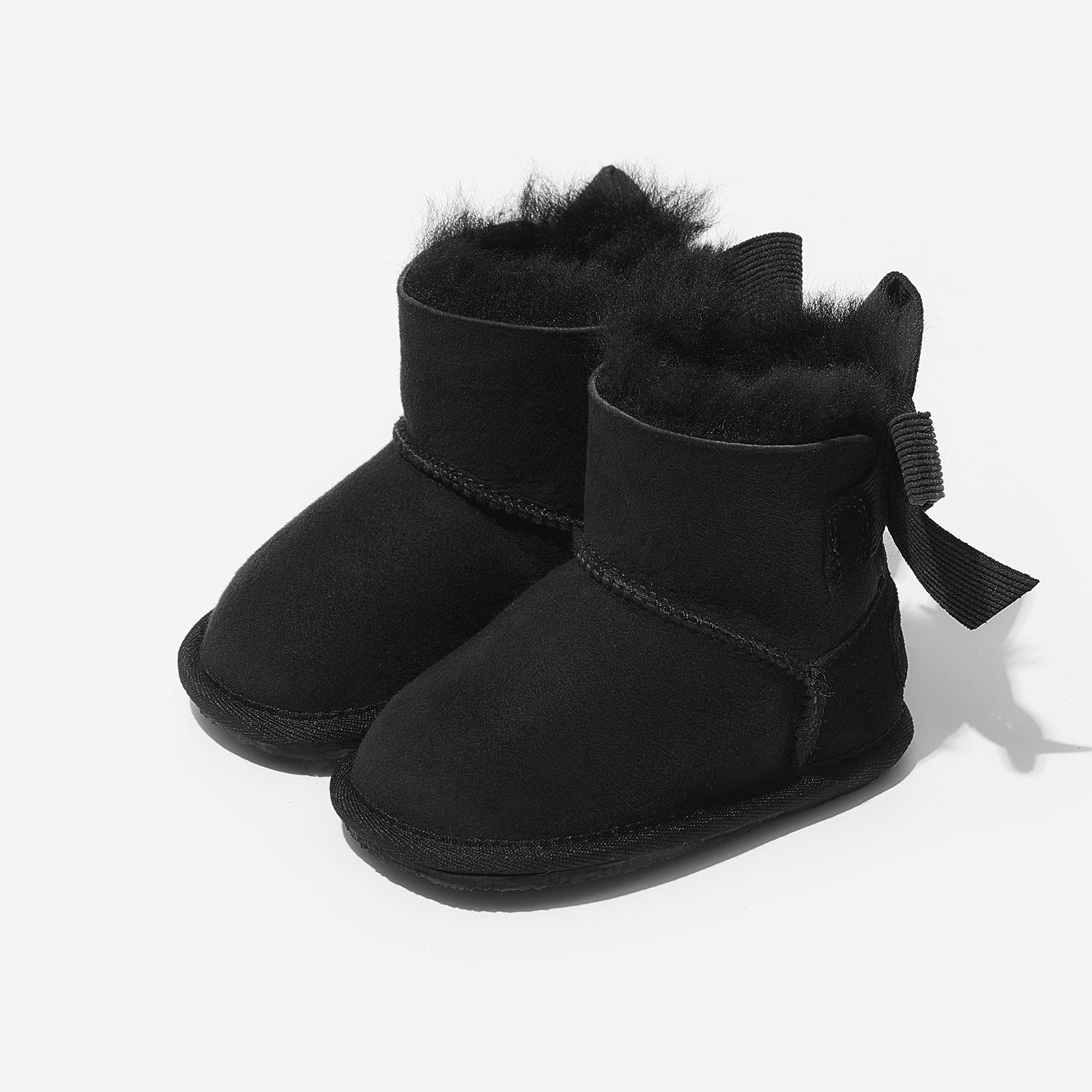
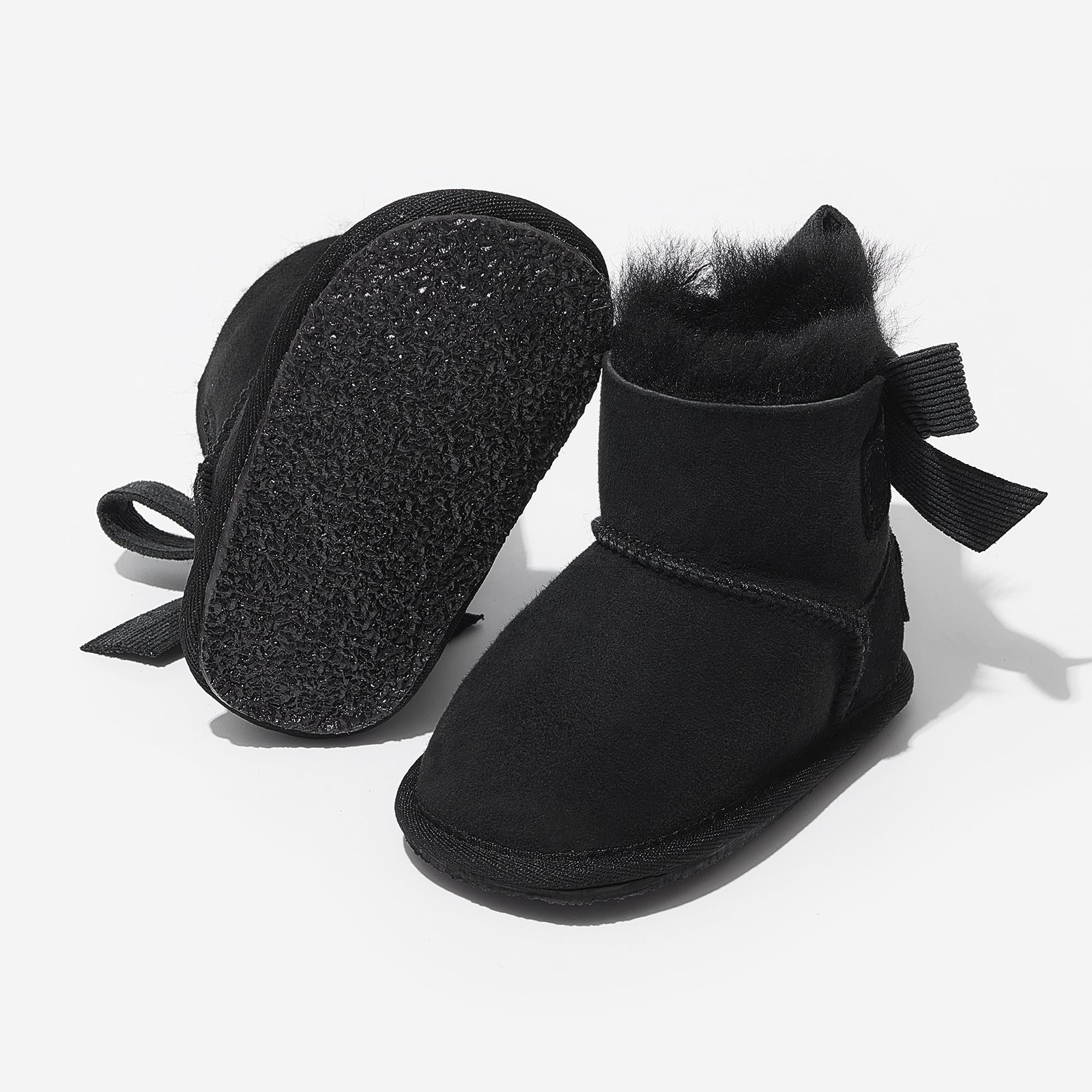
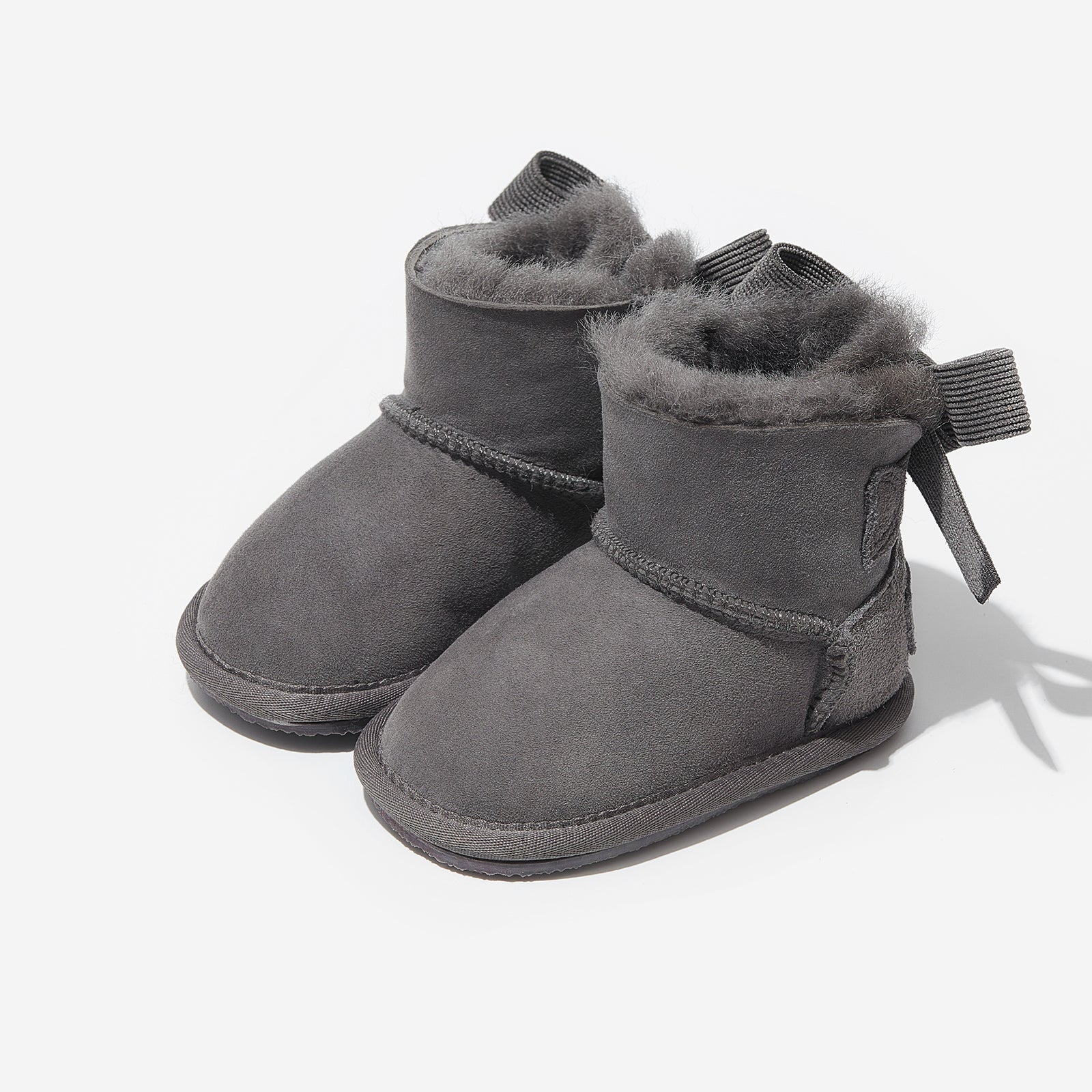

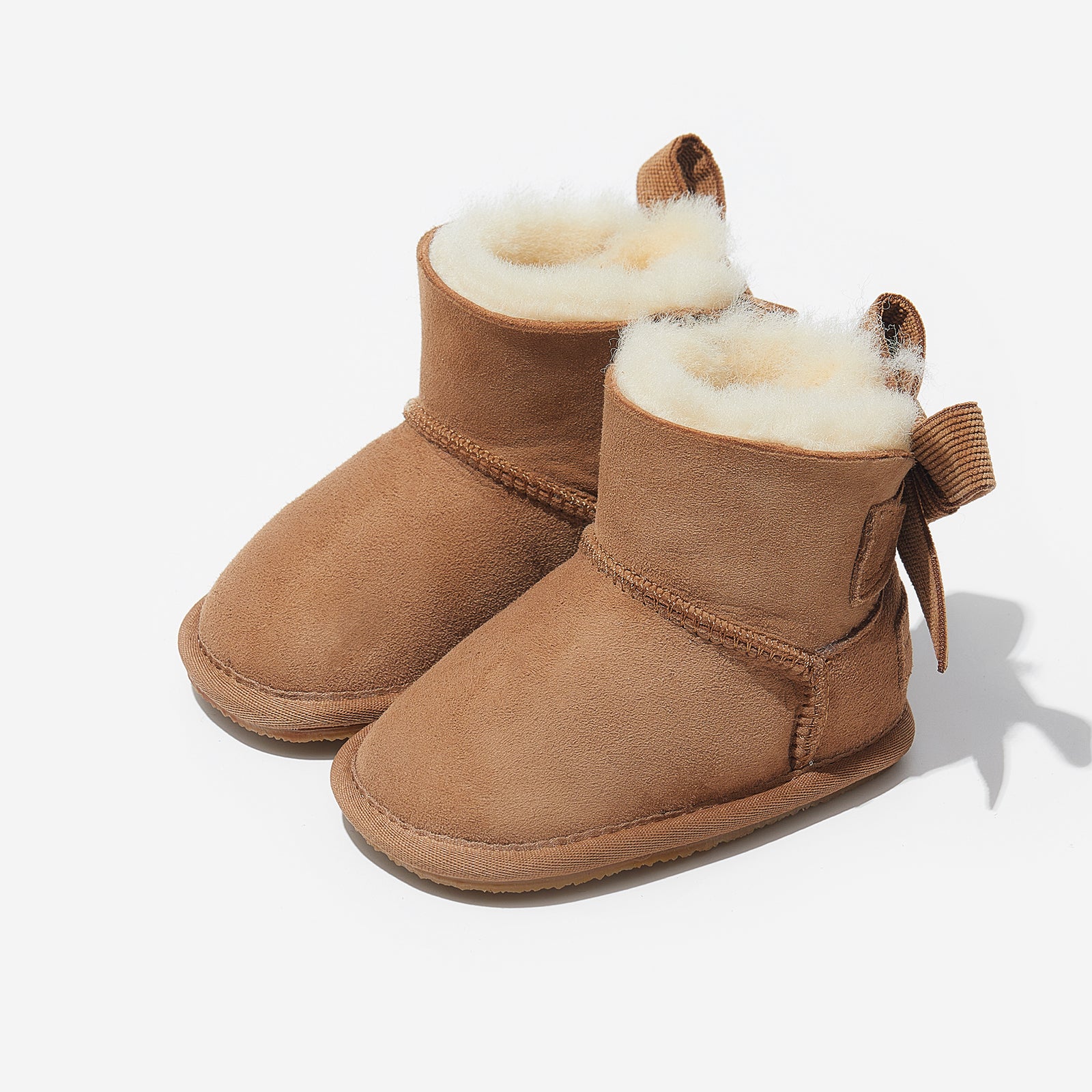
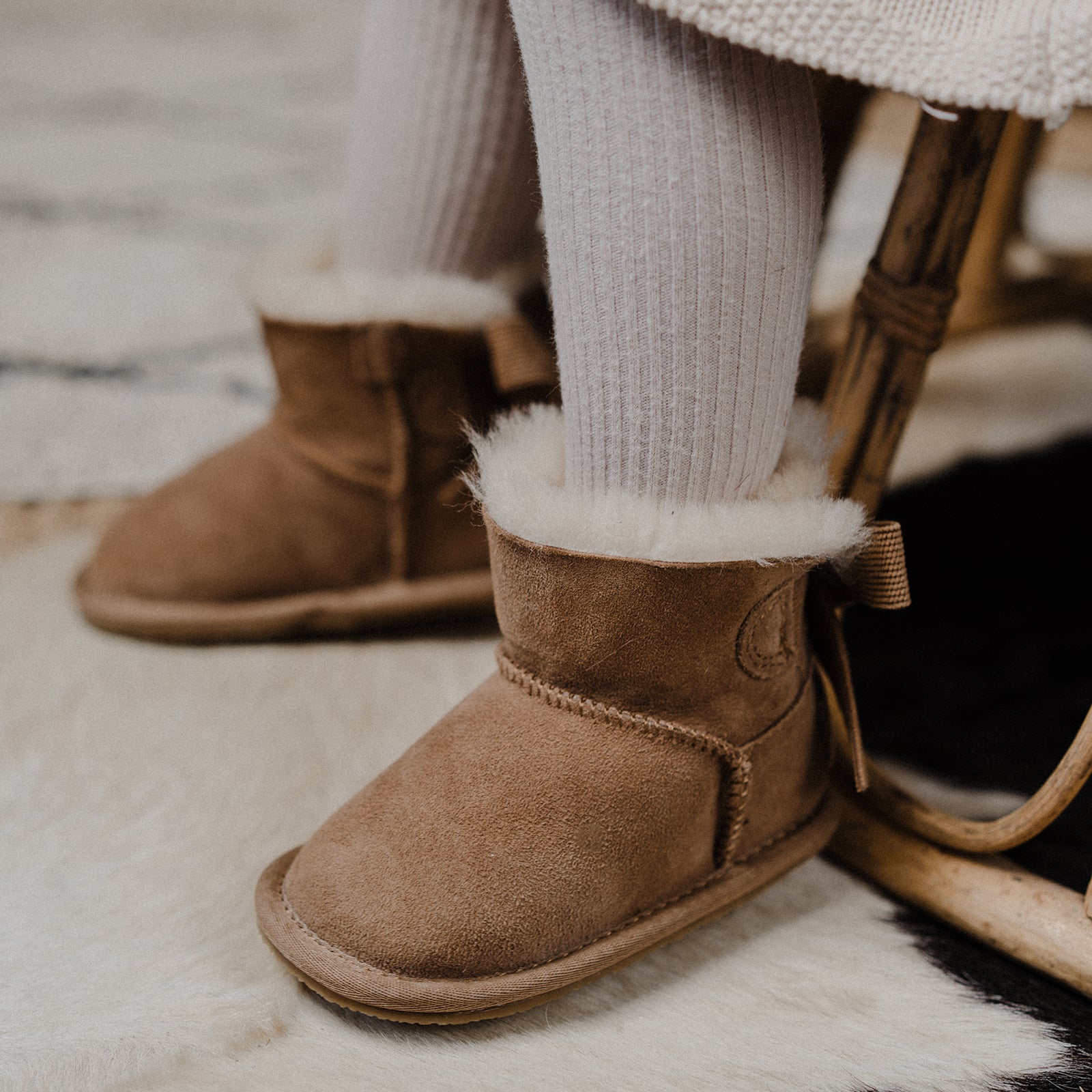
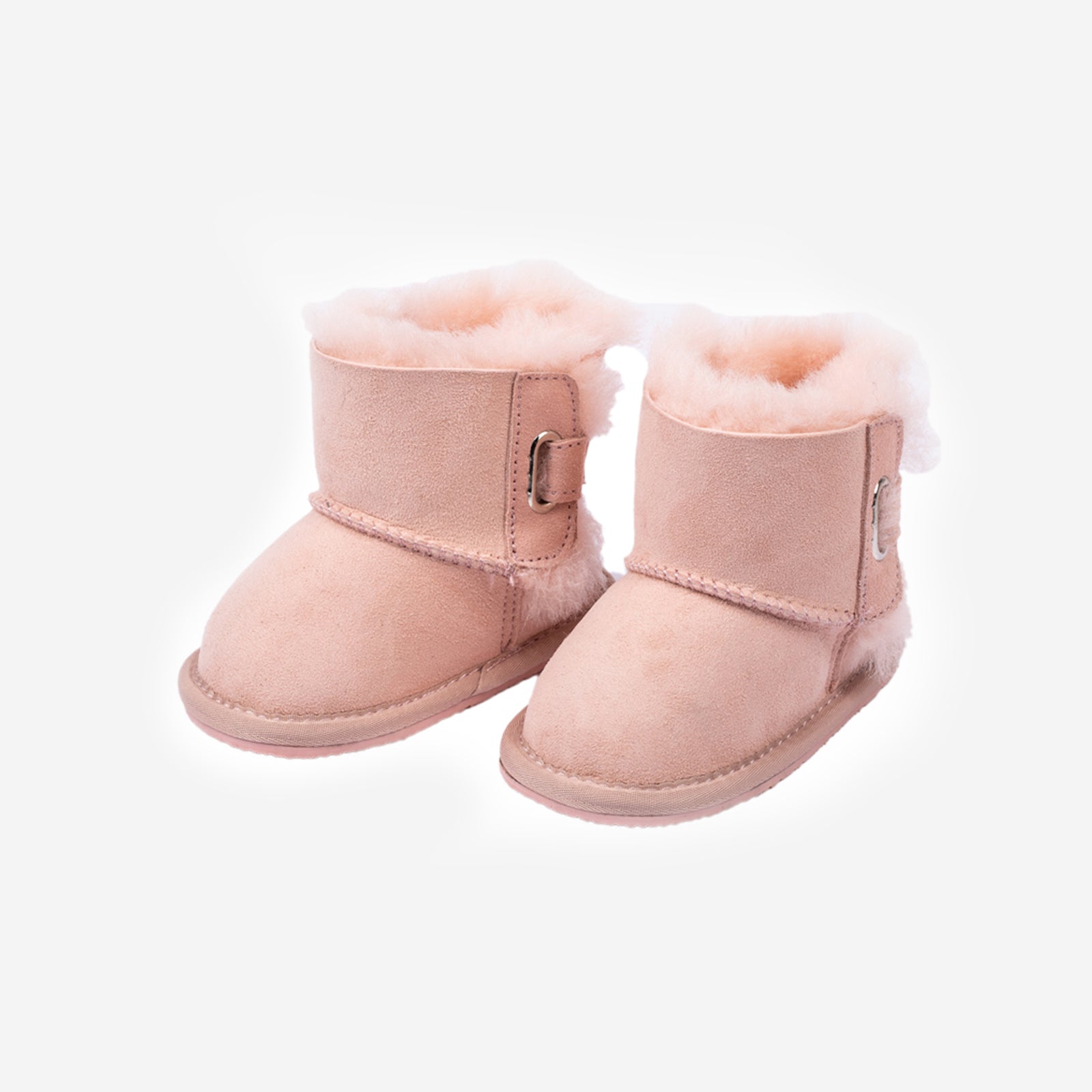
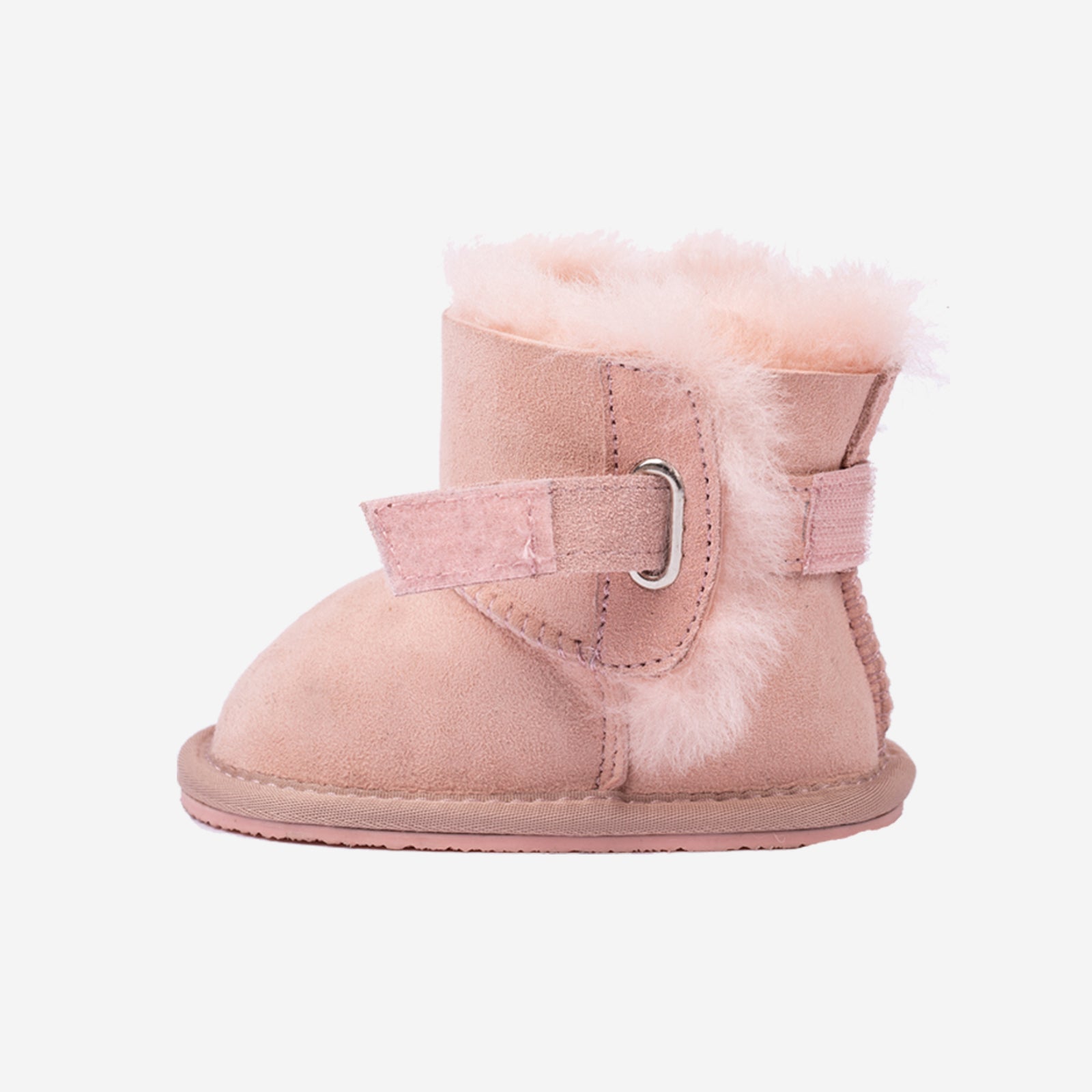


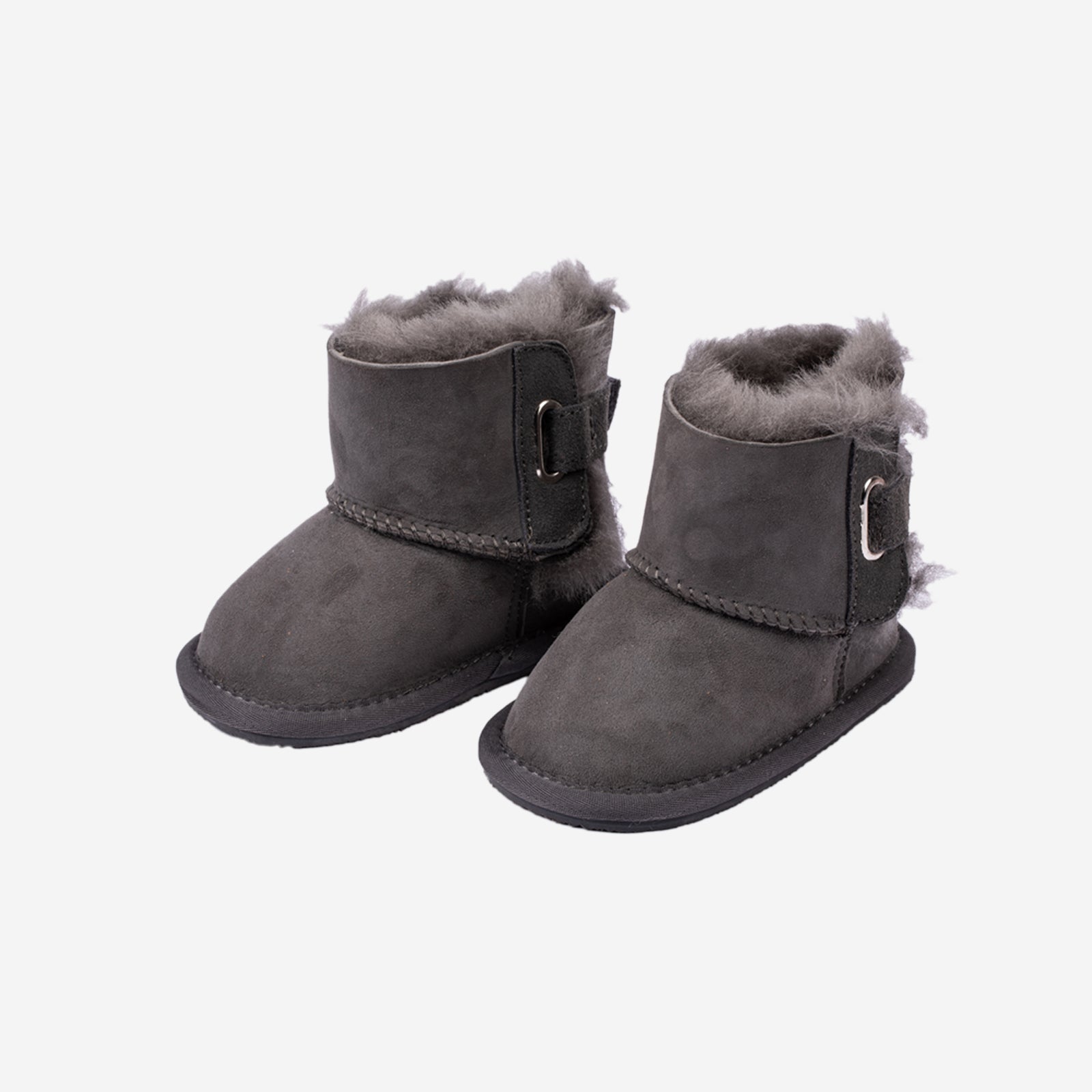
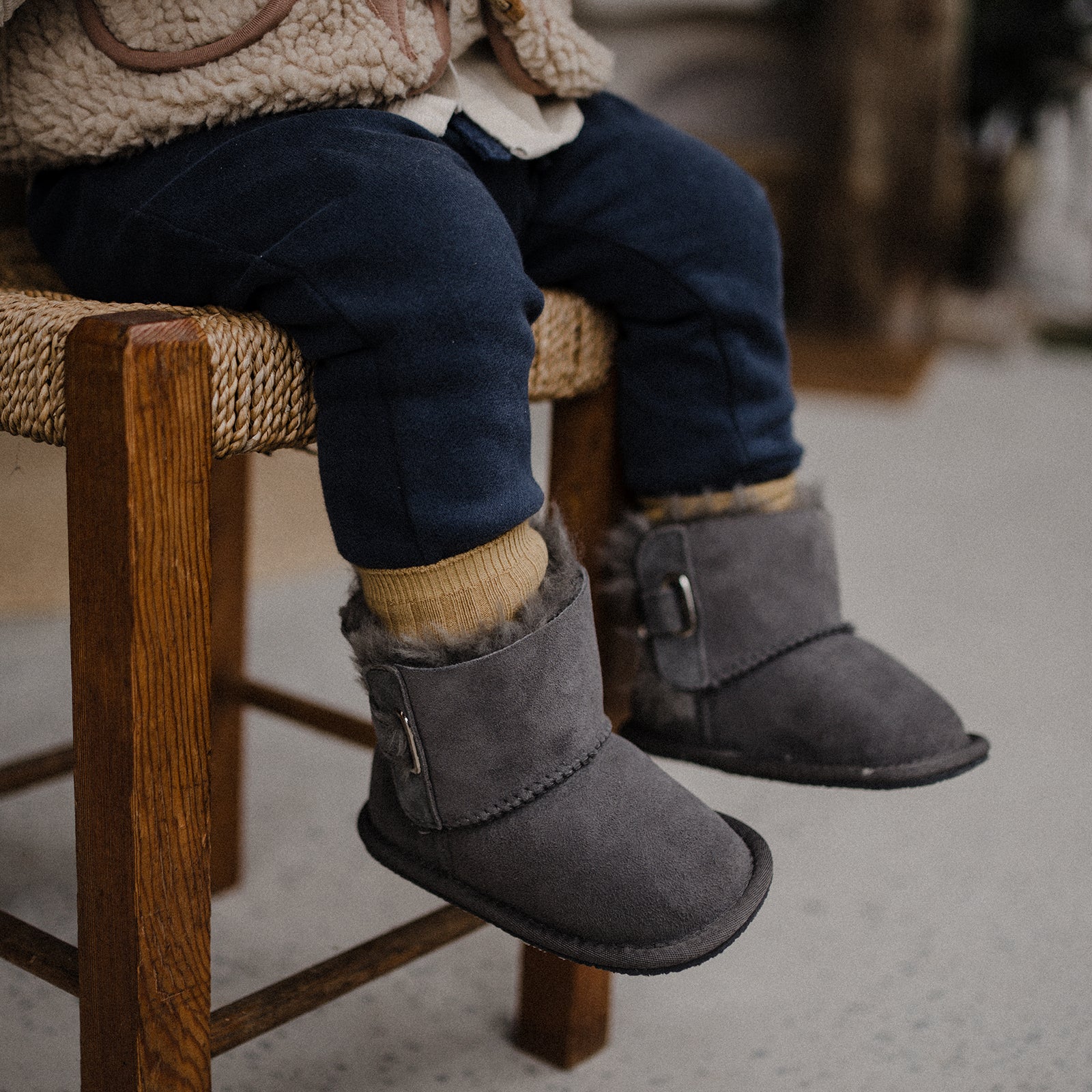
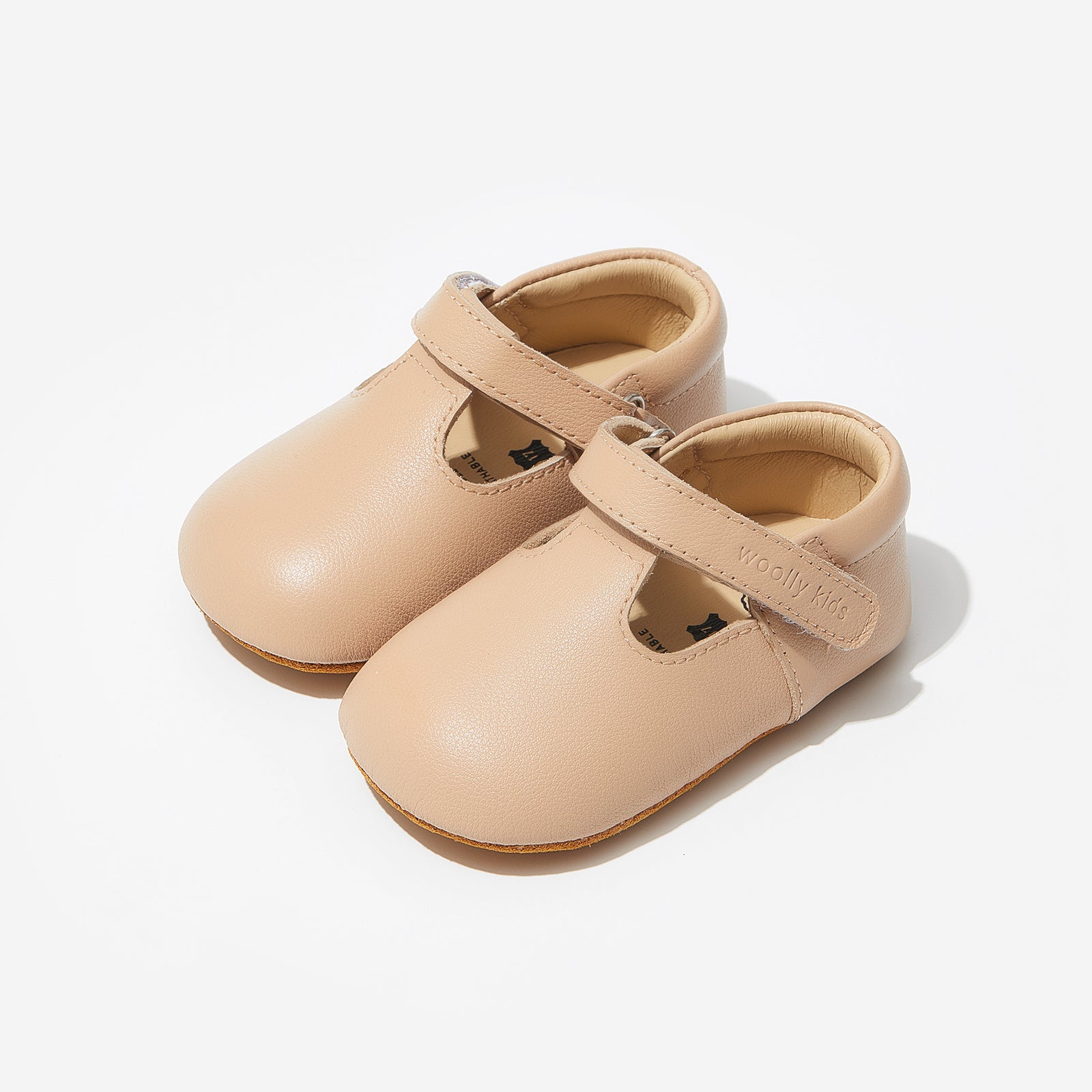

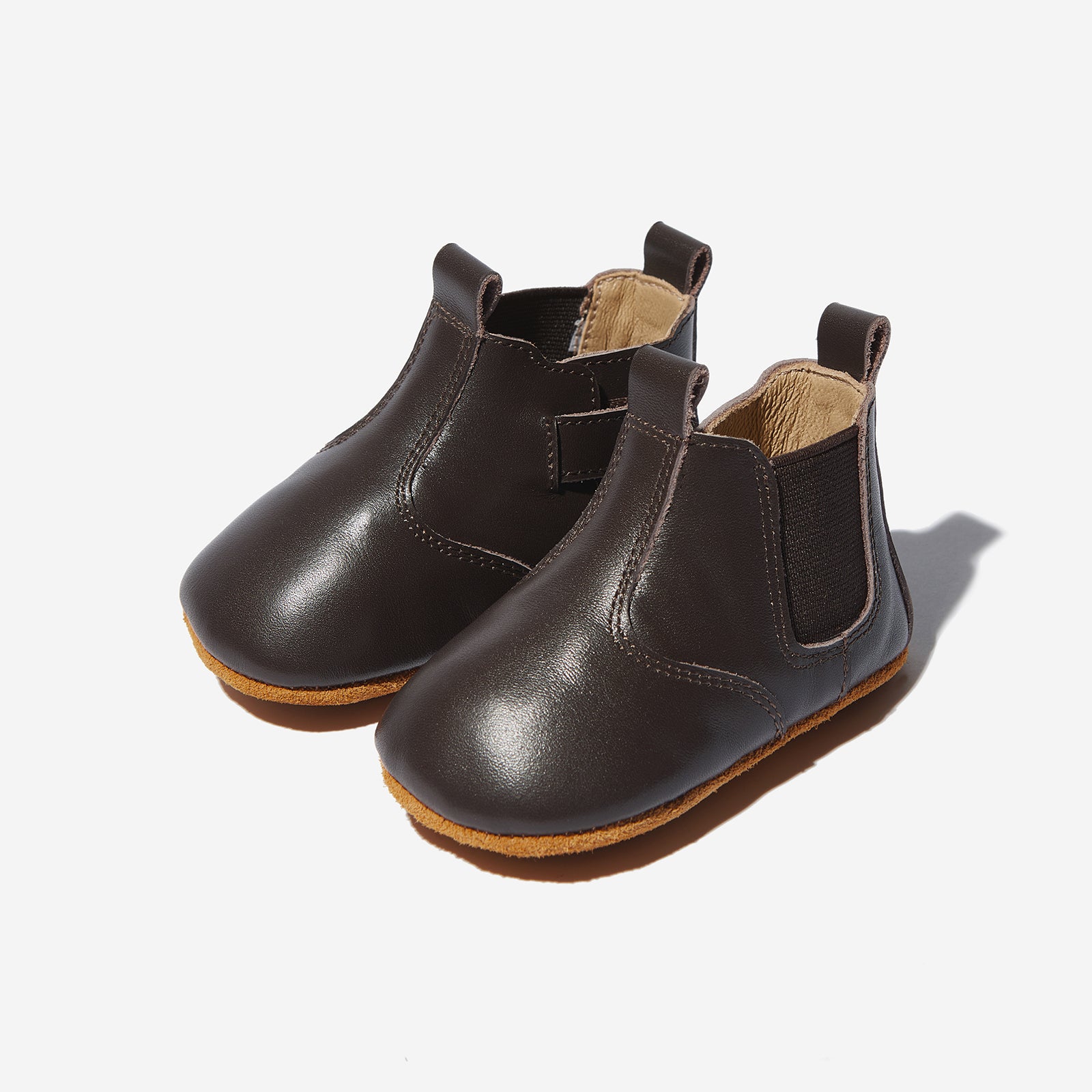
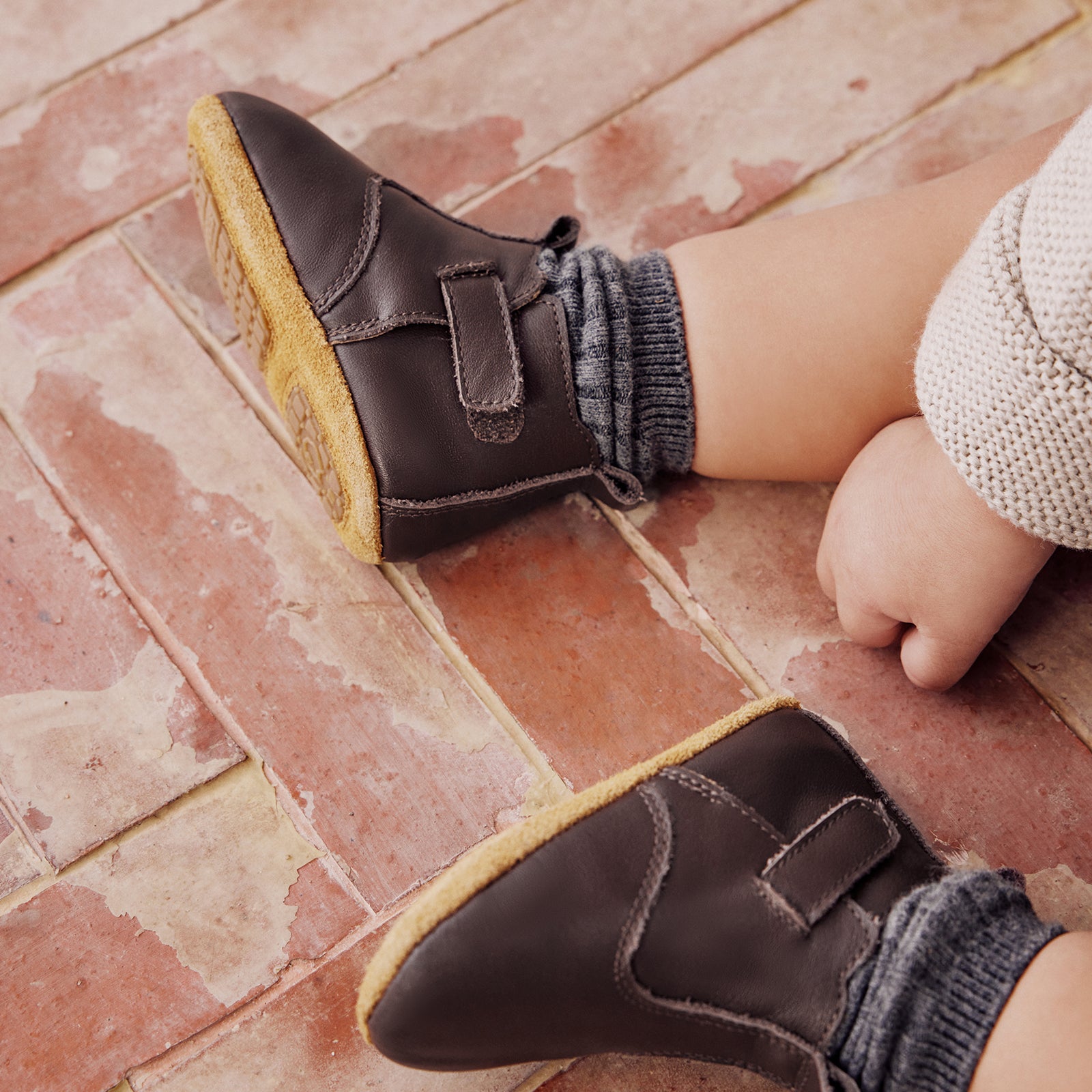

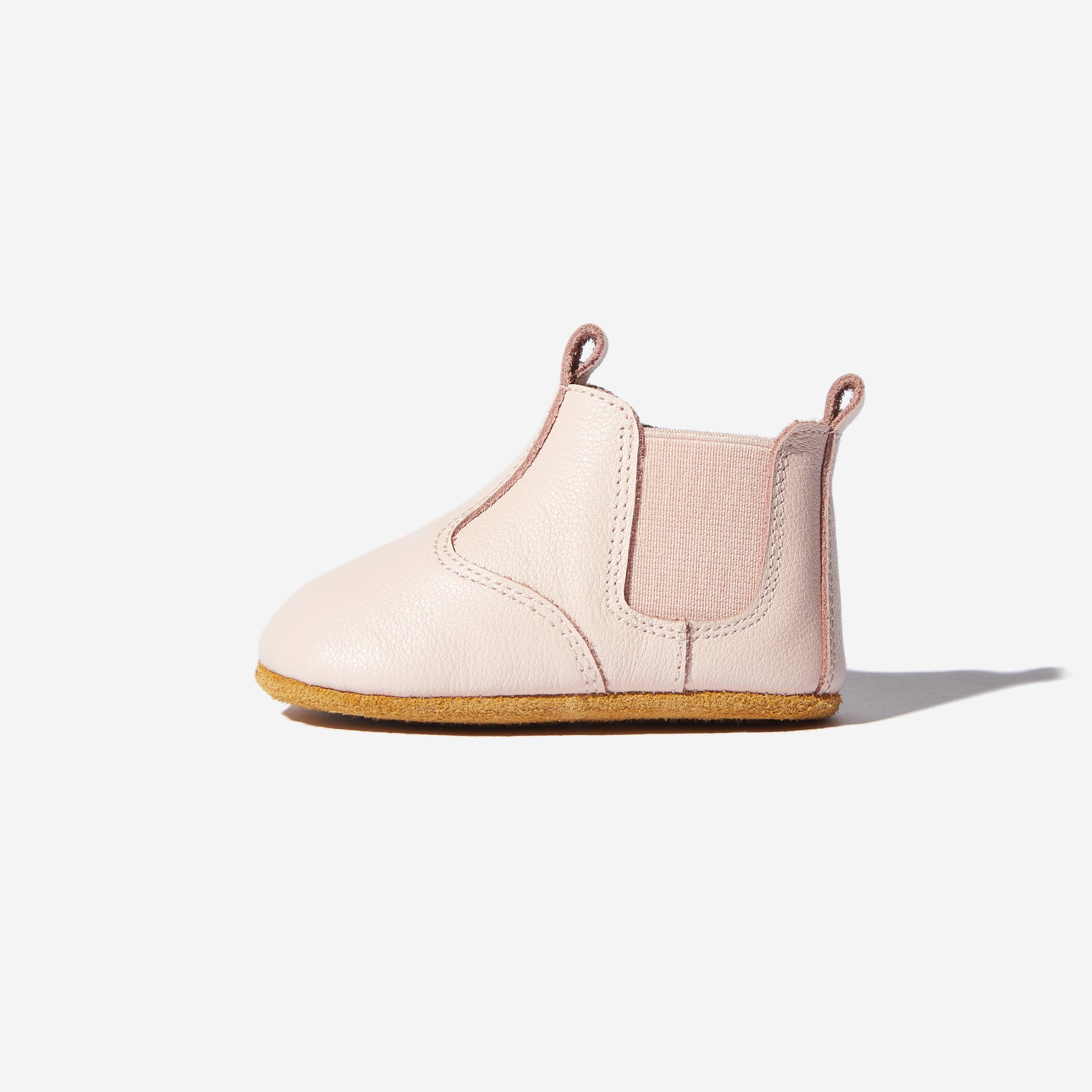
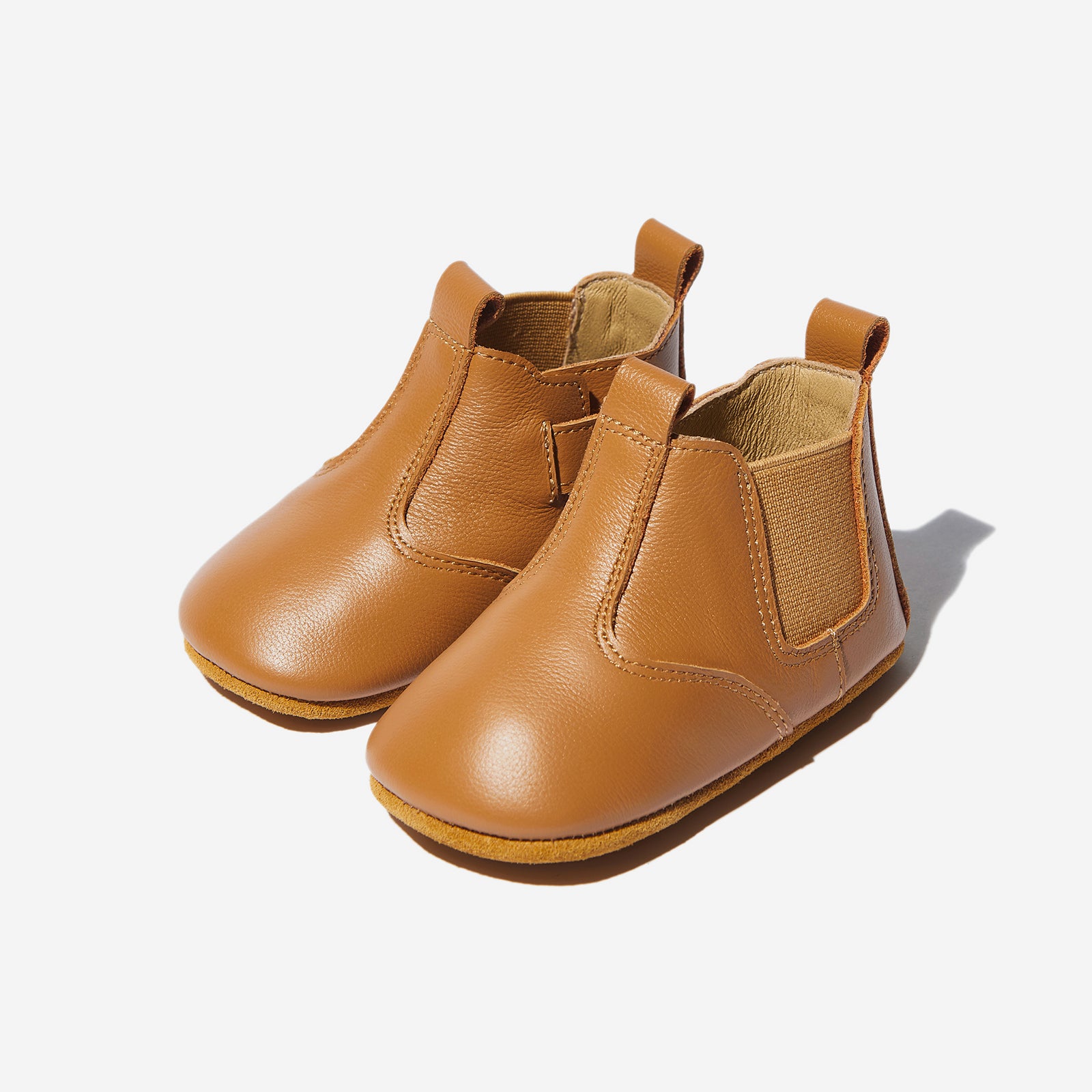
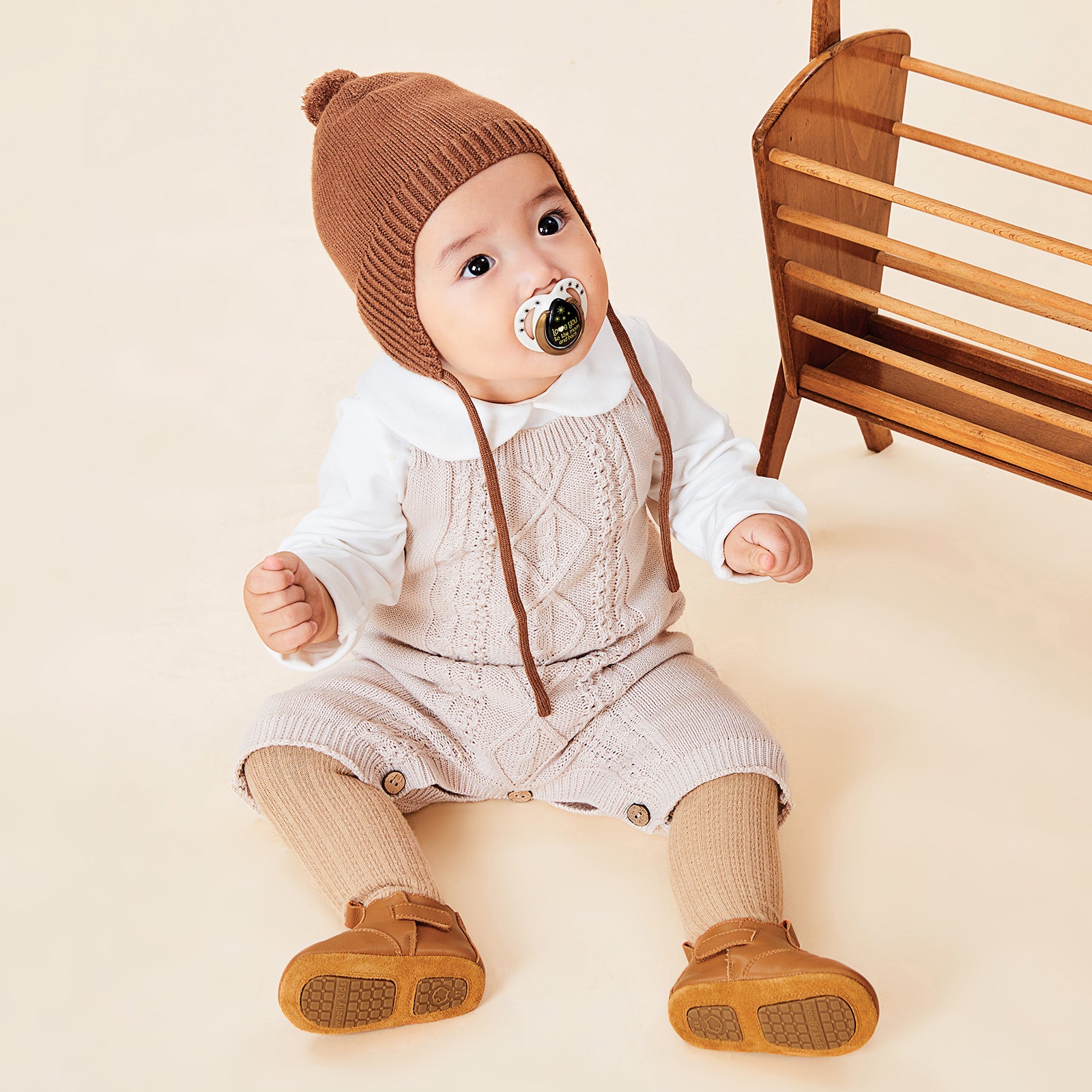


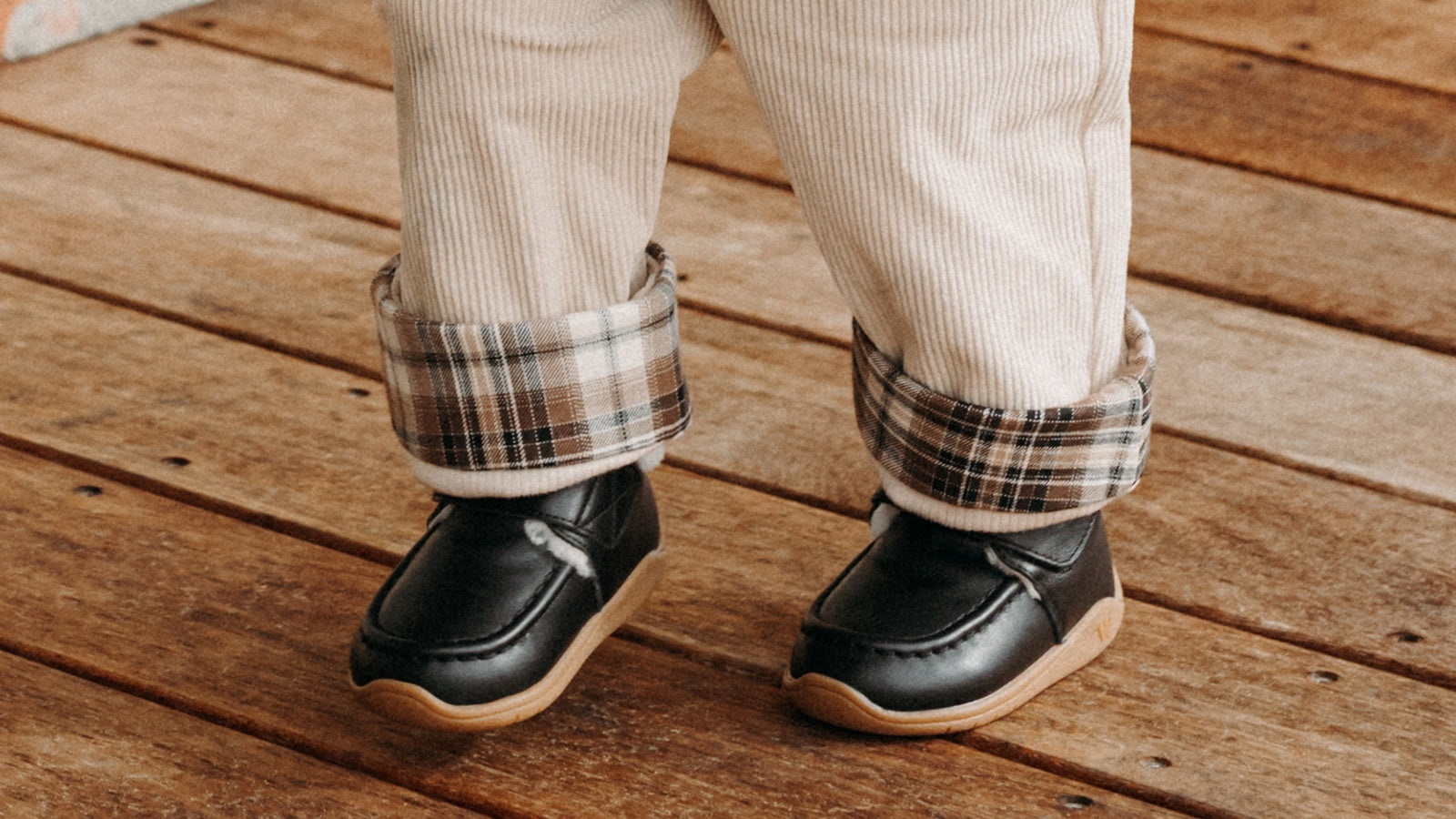
Leave a comment
All comments are moderated before being published.
This site is protected by hCaptcha and the hCaptcha Privacy Policy and Terms of Service apply.